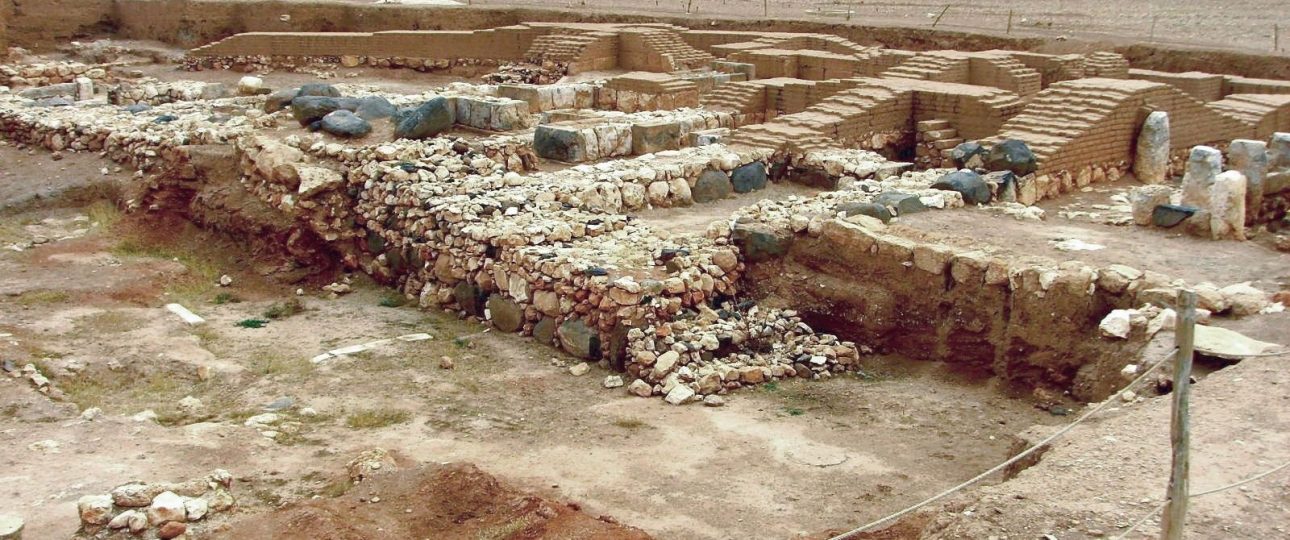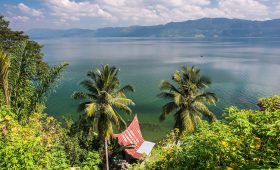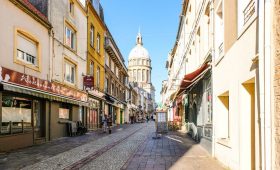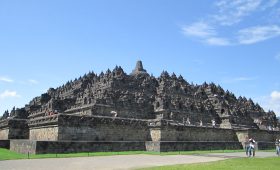Exploring Ebla: An Ancient City in Syria
Discovering Ebla
Ebla, known as Tell Mardikh, is an ancient city in Syria that dates back to around 3500 BC. This archaeological site has captivated historians and archaeologists due to its significant role in early international trade and its rich cultural history. The ruins of Ebla offer a fascinating glimpse into a civilization that thrived thousands of years ago.
Historical Significance
During its peak, Ebla was a prominent kingdom and a major trade hub in the ancient Near East. The discovery of thousands of cuneiform tablets at the site has provided invaluable insights into the political, economic, and cultural life of the time. These tablets reveal details about the language, administration, and diplomatic relations of Ebla, marking it as a critical source of historical knowledge.
The Best Time to Visit
For those planning a visit, the ideal times are spring and autumn. During these seasons, the weather is mild, making it comfortable to explore the archaeological site and its surroundings. Summers can be extremely hot, and winters may be quite cold, so plan accordingly.
How to Get There
The nearest major airport to Ebla is Aleppo International Airport, which connects to various international destinations. From Aleppo, you can hire a taxi or take a local bus to reach Ebla, a journey of about two hours. The route offers picturesque views of the Syrian landscape.
Local Transportation
Once in Ebla, the best way to explore is on foot. The site is easily navigable, allowing you to fully appreciate the ancient ruins. Wear comfortable shoes, as some areas can be uneven or rocky.
Exploring the Archaeological Site
Walking through the ruins of Ebla is like stepping back in time. Key areas to explore include the Royal Palace, the Temple of Ishtar, and the Archives building, where the famous cuneiform tablets were found. These structures provide a tangible connection to the city’s storied past.
Practical Tips:
- Wear comfortable clothing and bring a hat and sunscreen for sun protection.
- Carry water to stay hydrated during your visit.
- Bring a camera to capture the historical artifacts and stunning views.
- Respect the site by not touching or removing any artifacts. Preserve it for future generations.
Local Cuisine and Culture
While visiting Ebla, take the opportunity to enjoy Syrian cuisine, known for its rich flavors and spices. Try dishes like kebabs, hummus, falafel, and baklava. The locals are hospitable, offering a chance to immerse yourself in their vibrant culture and traditions.




